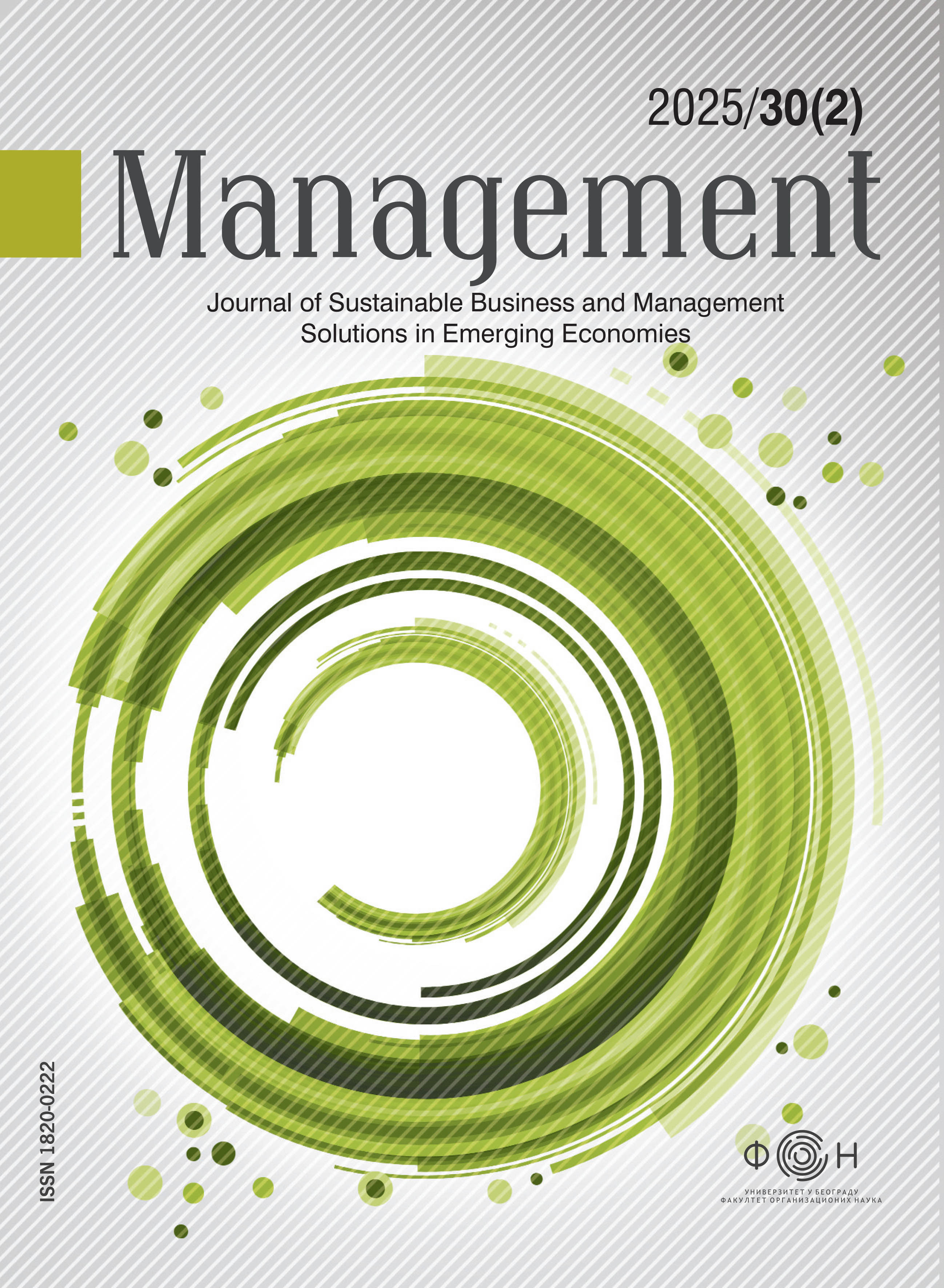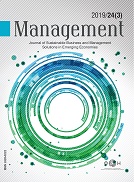Comparative Analysis of Social Responsibility Model Implementation in Civil Society and Corporate Sector Organizations in Serbia
DOI:
https://doi.org/10.7595/management.fon.2025.0010Keywords:
social responsibility, civil society organisations, corporate sector, Serbia, comparative analysis, CSR modelAbstract
Research Question: To what extent is social responsibility model applied within civil society and corporate sector organizations in the Republic of Serbia? Motivation: Social responsibility has become a critical criterion for organisational legitimacy and sustainability. However, existing models are mainly designed for the corporate sector, often overlooking the challenges faced by civil society organisations, particularly in resource-constrained contexts. This research develops a comparative social responsibility model tailored to the Serbian context, exploring whether sectoral affiliation or internal characteristics (such as size, age, and turnover) have a greater impact on social responsibility outcomes. What’s New? This study introduces a customised, quantifiable social responsibility model applicable to both civil society organisations and corporations. It overcomes the limitations of current models by incorporating resource constraints and sector-specific characteristics, and presents the Sectoral Predominance Index as a new tool for comparing sectoral differences in social responsibility. So What? Understanding the factors that drive social responsibility adoption is essential for designing policies and strategies that support both non-profit and for-profit organisations. The findings provide valuable insights for practitioners and policymakers aiming to foster responsible, sustainable practices, particularly in resource-limited settings. Idea: The study develops a four-domain, 20-indicator social responsibility model based on stakeholder expectations. It uses non-parametric and regression analyses to assess social responsibility implementation across sectors, exploring the impact of organisational size, age, and financial turnover. Data: The study gathered data from 218 organisations in Serbia, including 94 civil society organisations and 124 corporations. They were evaluated based on a model comprising 20 indicators, the development of which is presented in this paper. Tools: Mann–Whitney U and Kruskal–Wallis tests were used for group comparisons, while hierarchical regression identified predictors of social responsibility. The Friedman test assessed differences across domains. Findings: Overall social responsibility levels did not differ significantly between sectors, but civil society organisations excelled in ethical business conduct and engagement, while corporations outperformed in sustainability. Internal characteristics had a greater impact on social responsibility outcomes than sectoral affiliation. Contribution: This paper presents a scalable model for evaluating social responsibility across both sectors in emerging economies.
Downloads
Published
How to Cite
Issue
Section
License
Copyright (c) 2025 Management:Journal of Sustainable Business and Management Solutions in Emerging Economies

This work is licensed under a Creative Commons Attribution-NonCommercial-NoDerivatives 4.0 International License.








